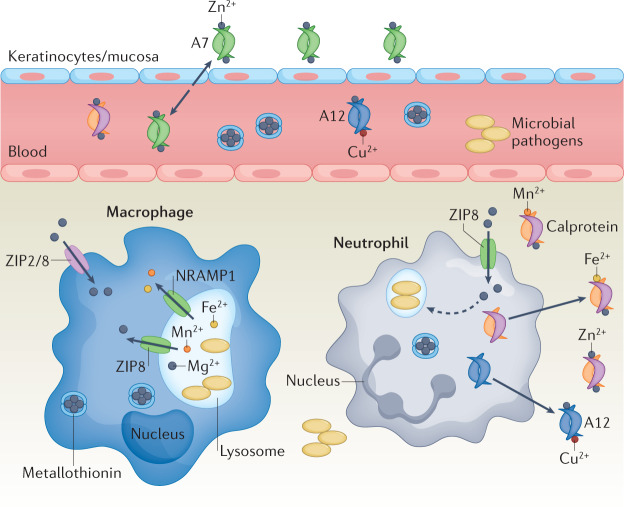Fig. 3. Host sequestration of Zn and Mn.
During infection, metals such as zinc (Zn) and manganese (Mn) are sequestered by host immune cells via concerted action of transporters and secreted molecules177. Zn is imported into innate immune cells by ZIP-family transporters, including ZIP2 and ZIP8. Within the cell and in circulation, metallothioneins bind and sequester Zn. Extracellular Zn is limited by secretion of Zn-chelating S100 proteins. S100A7 is secreted at epithelial surfaces and keratinocytes, whereas S100A12 and calprotectin (S100A8–S100A9) are secreted by innate immune cells such as neutrophils. S100A7 binds Zn, whereas S100A12 binds Zn and copper (Cu). Calprotectin functions to limit the extracellular availability of several transition metals and binds Mn, iron (Fe) and Cu intracellularly in macrophages, membrane protein resistance-associated macrophage protein 1 (NRAMP1) effluxes Mn from phagosome and ZIP8 effluxes Zn, limiting availability for pathogens. Fe2+, ferrous iron.

